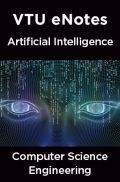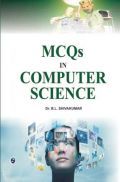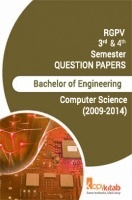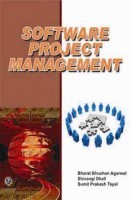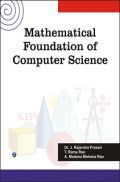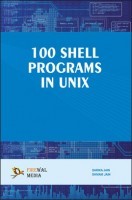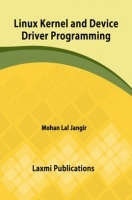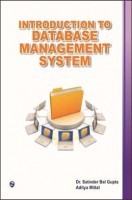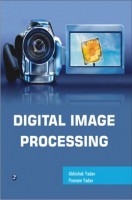Data Structure for C Programming By Ajay Kumar
Book Summary:
Information Technology, the acronym of which is IT, has come a long way to stay for ever in our midst.
It is said : “One month of IT is equivalent to one social year”. The domains of IT are expanding by each passing day, month and year. Every day, newer application softwares are being developed, with programming as the base, which itself has its essentials in Data Structure and File Structure. A good programmer is expected to know both these skills. Standard software like Customer Relationship Management and ERP, which need Data Structure are in great demand. Even search engine programming needs Data Structure.
Though Data Structure can be learned through any programming language, ‘C’ language renders the learning much easier and worthwhile.
Students of various universities like IGNOU, MDU, KU, DU and others, and those preparing for different courses such as MCA, BCA, PGDCA, B.Tech will find that their syllabuses are fully covered in this book.
Those having the working knowledge of C programming and who have at least understood the pointers will be able to comprehend the complete programs and algorithms.
Audience of the Book :
For DOEACC, IGNOU, BCA, MCA, B.Sc. (IT), B.E., B.Tech. and Other Courses in Computing.Even average students stand to perform well by using this book. Moreover, the book covers the courses of IGNOU, MDU, KU, DU for BCA, MCA, PGDCA, B.Tech exams.
Key Features:
The main features of the book are as follows:
The author presents this book in a very lucid style such that it will provide an introductory as well as an expert level guidance. The detail analysis and explanation of algorithm concepts illuminated with illustrative examples and diagrams is a unique feature of this book. Written in a student friendly manner, the book is enriched with the following features. Most of the confusing topics are very clearly explained with suitable examples and diagrams. Straight forward approach to illustrate the concepts. A whole chapter is devoted to the main feature of algorithm. Discuss and describe each design technique of algorithm in separate chapter.
Table of Contents:
1. Basic Concepts of Data Representation
2. Introductiont to Algorithm Design and Data Structure
3. Arrays
4. Application of Arrays
5. C Structures
6. Lists
7. Stack and Queues
8. Graphs
9. Tree
10. File System
11. Sorting and Searching & Hashing and collision







